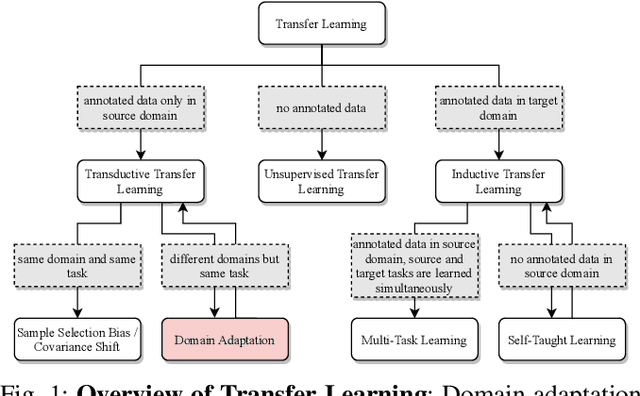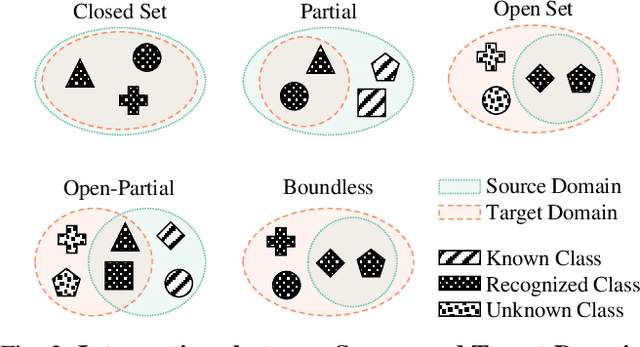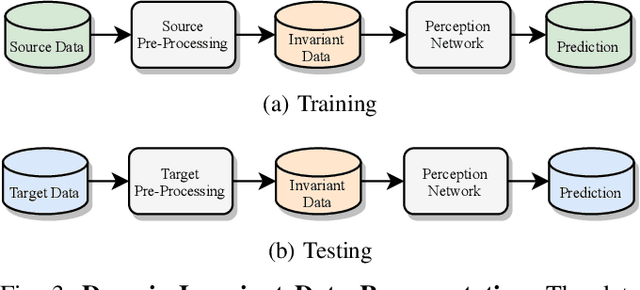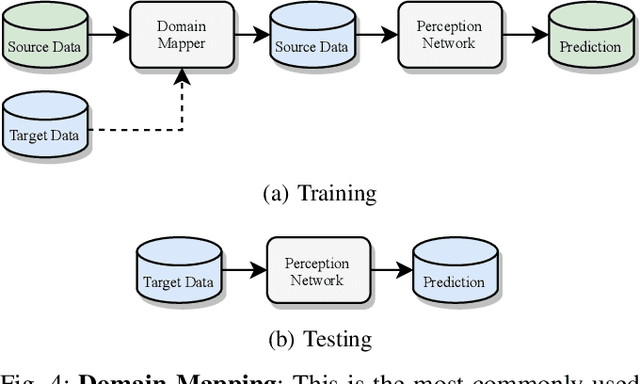A Survey on Deep Domain Adaptation for LiDAR Perception
Paper and Code
Jun 07, 2021



Scalable systems for automated driving have to reliably cope with an open-world setting. This means, the perception systems are exposed to drastic domain shifts, like changes in weather conditions, time-dependent aspects, or geographic regions. Covering all domains with annotated data is impossible because of the endless variations of domains and the time-consuming and expensive annotation process. Furthermore, fast development cycles of the system additionally introduce hardware changes, such as sensor types and vehicle setups, and the required knowledge transfer from simulation. To enable scalable automated driving, it is therefore crucial to address these domain shifts in a robust and efficient manner. Over the last years, a vast amount of different domain adaptation techniques evolved. There already exists a number of survey papers for domain adaptation on camera images, however, a survey for LiDAR perception is absent. Nevertheless, LiDAR is a vital sensor for automated driving that provides detailed 3D scans of the vehicle's surroundings. To stimulate future research, this paper presents a comprehensive review of recent progress in domain adaptation methods and formulates interesting research questions specifically targeted towards LiDAR perception.
 Add to Chrome
Add to Chrome Add to Firefox
Add to Firefox Add to Edge
Add to Edge